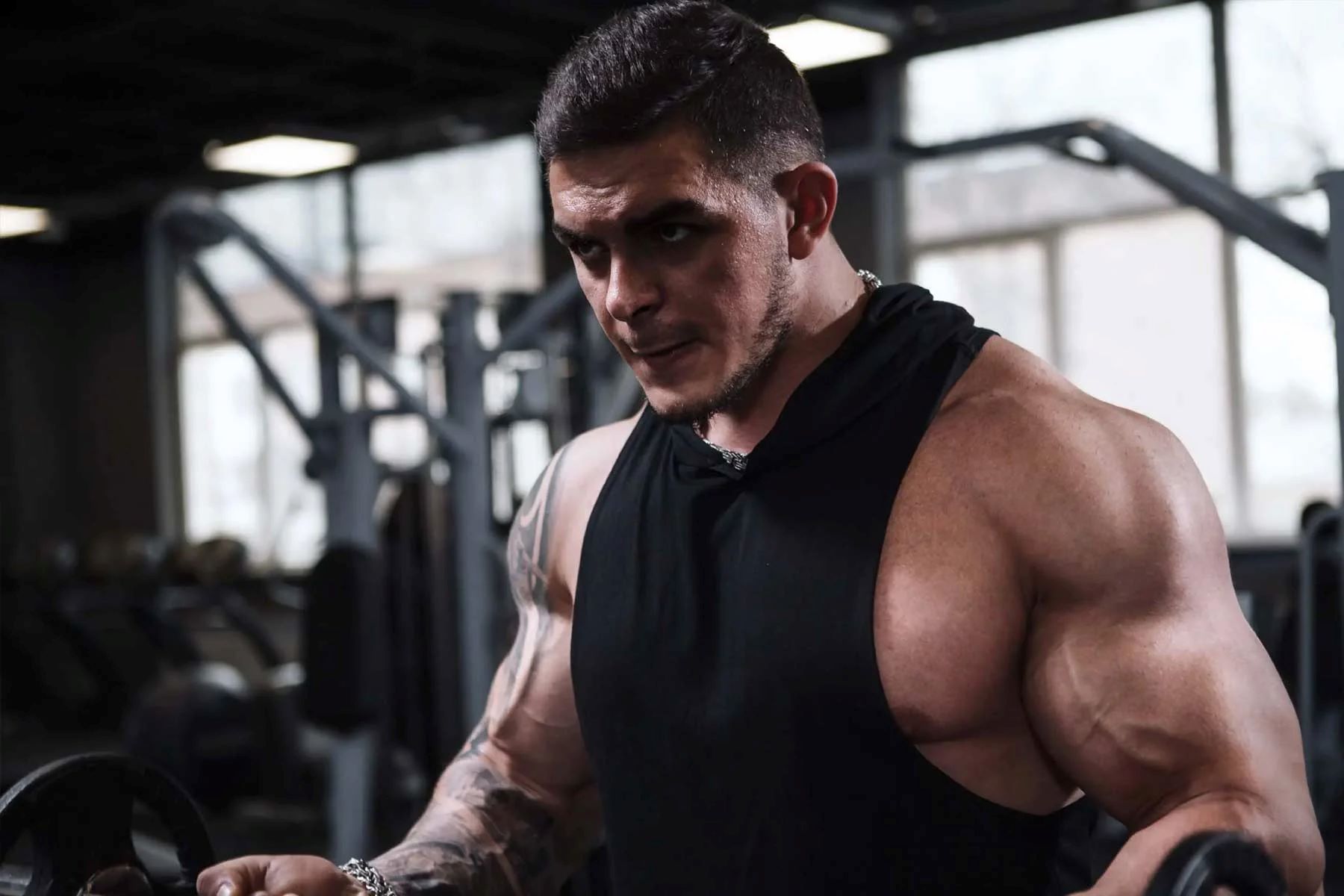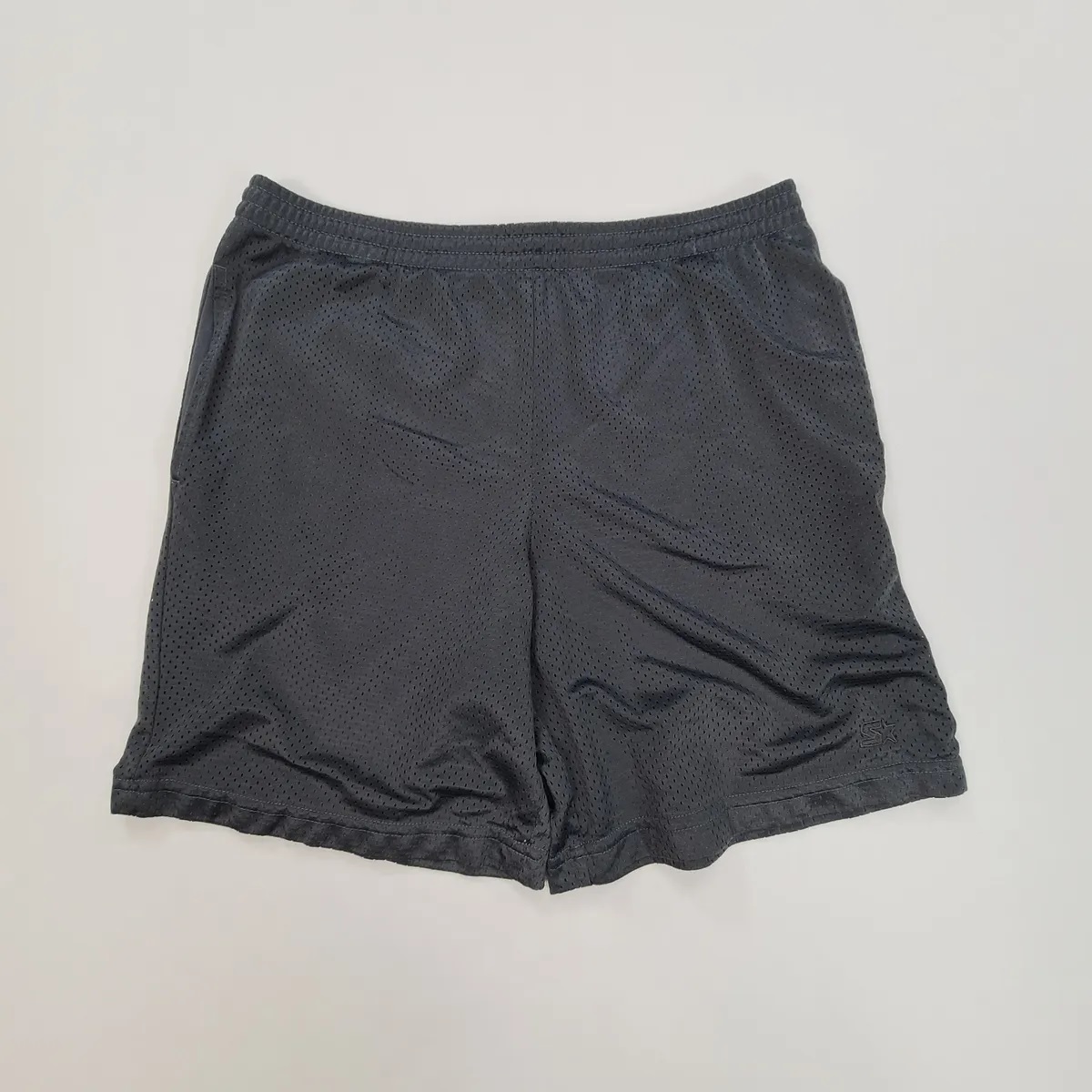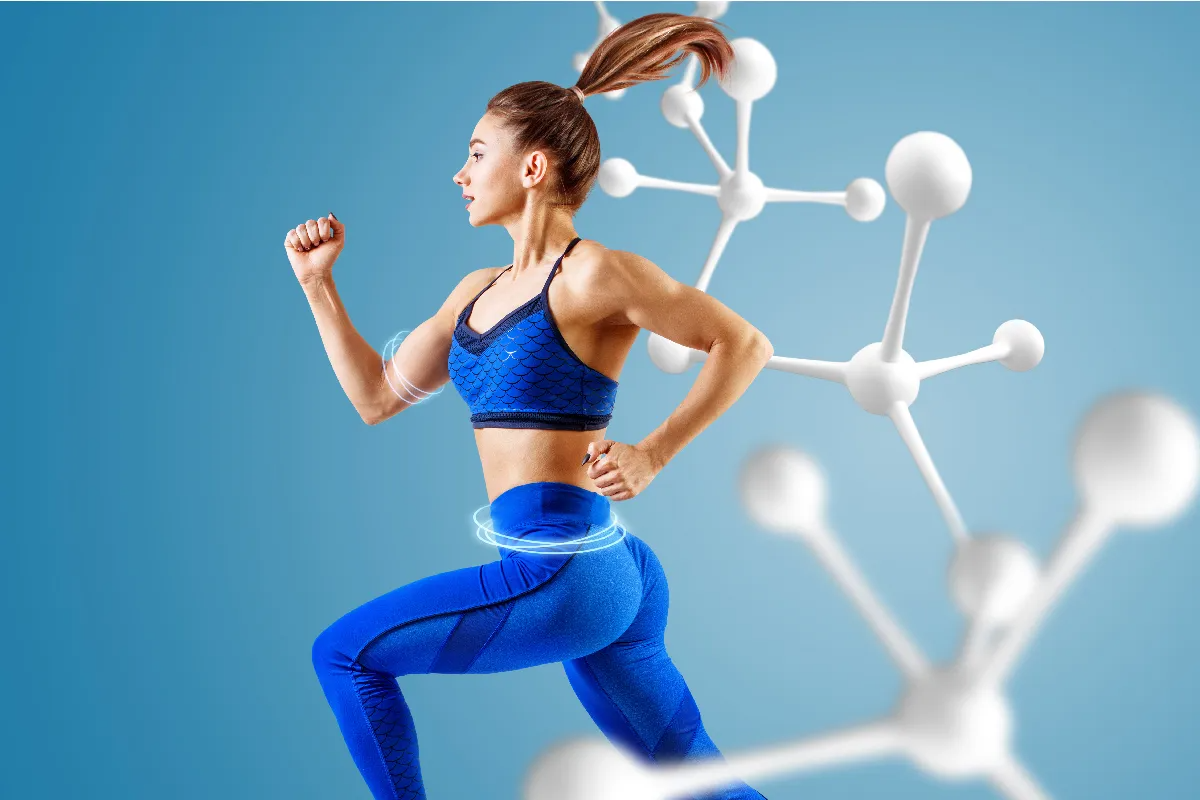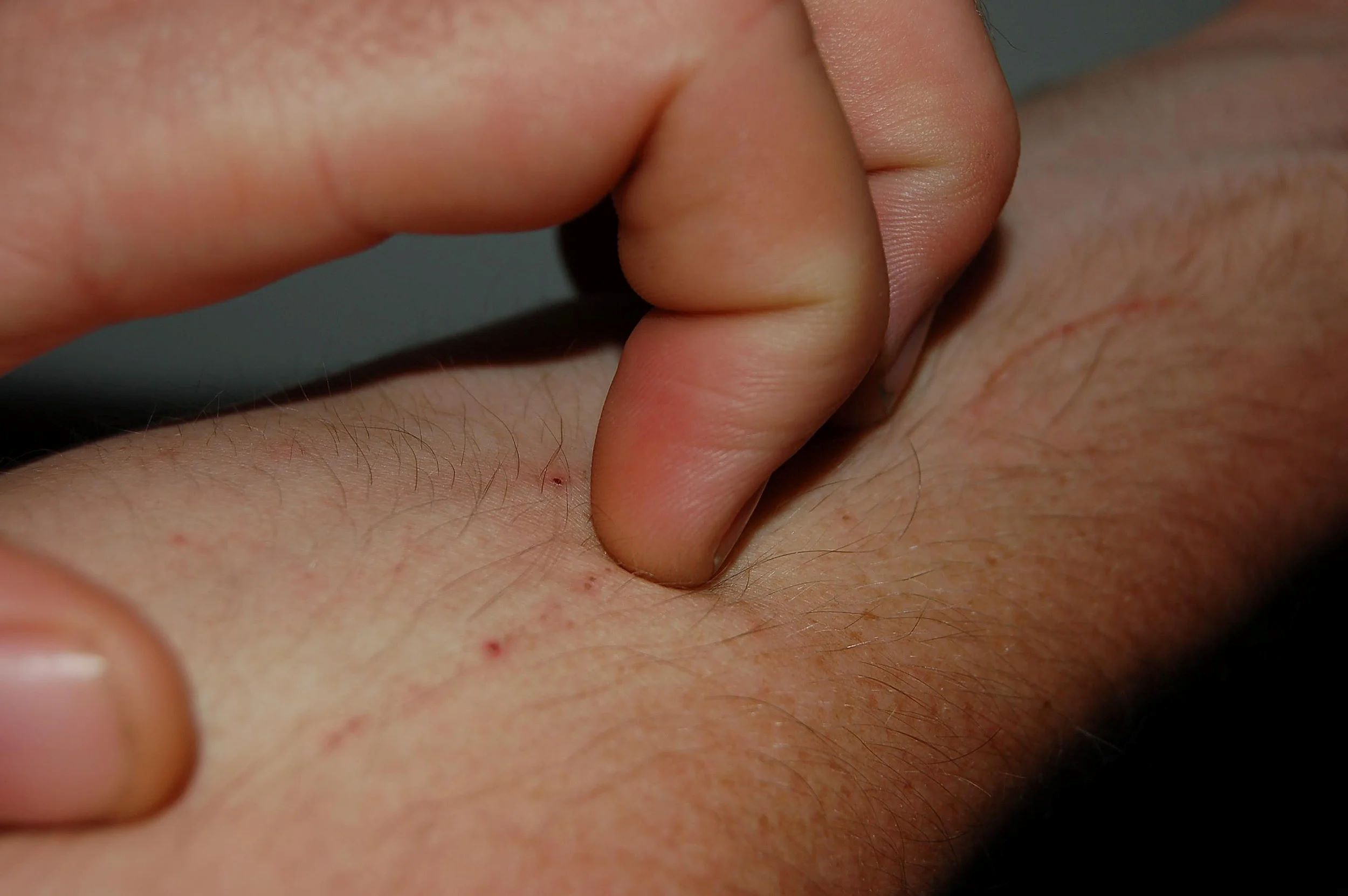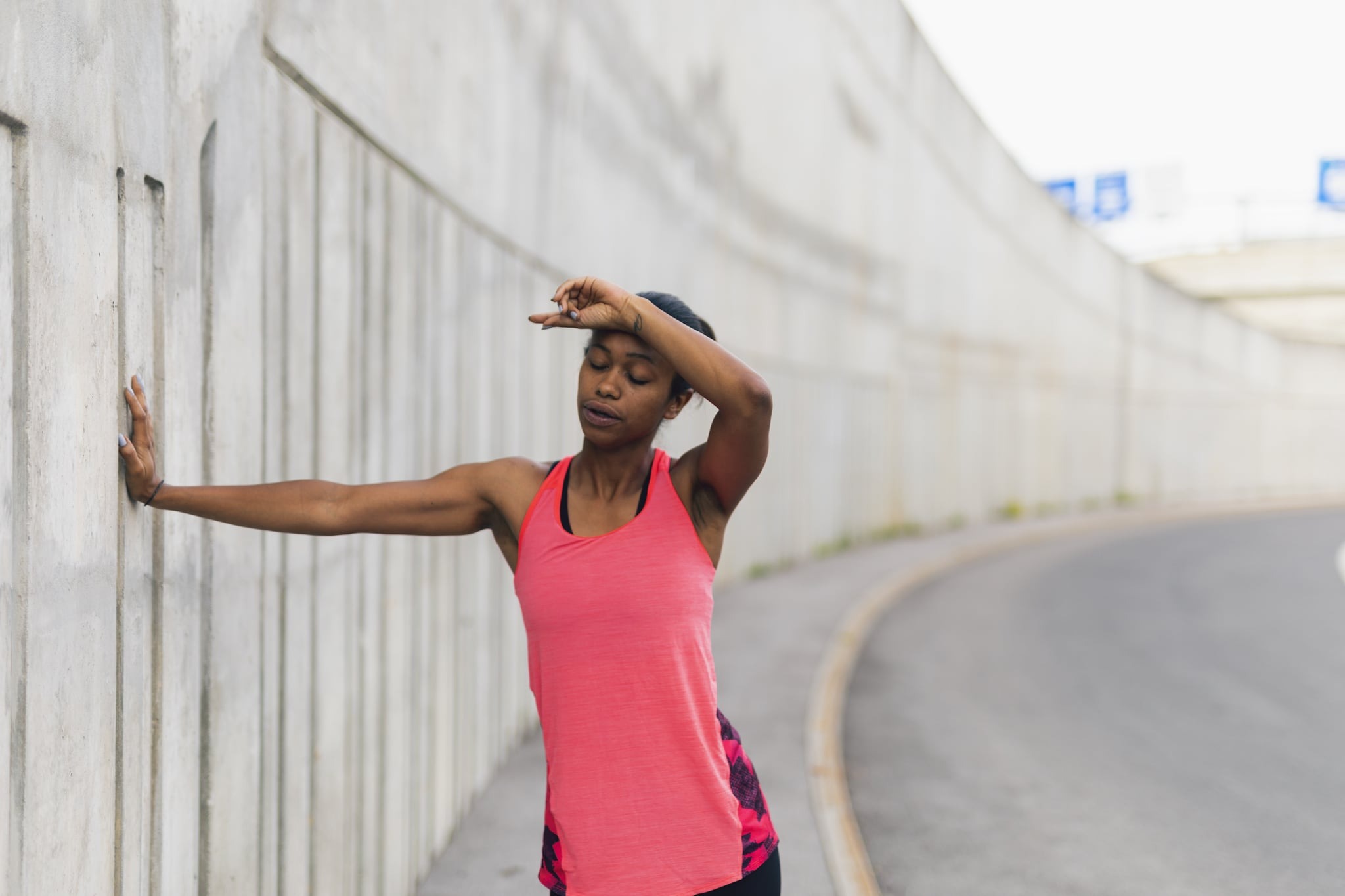

Featured
Why Do I Get A Headache When I Exercise
Published: October 2, 2023
Discover why exercise can sometimes trigger headaches and learn how to prevent them. Featured article exploring the causes and remedies for exercise-induced headaches.
Introduction
Exercise is a crucial component of maintaining a healthy lifestyle. It helps to improve cardiovascular health, increase muscle strength, and boost mood. However, for some individuals, engaging in physical activity can result in an unwelcome side effect: exercise-induced headaches.
Exercise-induced headaches, also known as exertional headaches, are a specific type of headache that occurs during or after exercise. These headaches can range from mild to severe, and they can significantly interfere with one’s ability to enjoy and continue their exercise routine.
Understanding the causes and triggers of these headaches is essential in finding ways to prevent and manage them effectively. While exercise-induced headaches can be frustrating, it is important to remember that they are generally harmless and can often be addressed with simple lifestyle modifications and remedies.
In this article, we will explore the different types of exercise-induced headaches, their symptoms, potential triggers, and strategies for prevention. We will also discuss how dehydration can contribute to these headaches and provide insights into breathing techniques and relaxation methods that can help manage exercise-induced headaches. Additionally, we will offer useful tips and remedies for mitigating the intensity and frequency of these headaches.
If you have ever experienced a headache during or after exercise, or if you are simply curious about this phenomenon, read on to discover valuable information that can help you better understand and cope with exercise-induced headaches.
Understanding Exercise-Induced Headaches
Exercise-induced headaches, as the name suggests, are headaches that occur during or after physical exercise. While the exact cause of these headaches is not fully understood, experts believe that they may be connected to a variety of factors, including changes in blood flow, increased pressure within the skull, and activation of pain-sensitive structures in the head and neck.
Typically, exercise-induced headaches are divided into two categories: primary and secondary. Primary exercise-induced headaches occur independently and have no underlying medical condition, while secondary exercise-induced headaches are associated with an underlying health issue or injury.
Primary exercise-induced headaches usually present as short-lasting, throbbing pain that occurs during or after strenuous physical activity. These headaches may last anywhere from a few minutes to several hours and are typically bilateral, affecting both sides of the head.
In contrast, secondary exercise-induced headaches can be a result of an underlying medical condition, such as a migraine, sinus infection, or high blood pressure. These headaches may have additional symptoms, such as nausea, dizziness, and sensitivity to light or sound.
Understanding the type and pattern of headache you experience during exercise is crucial in determining the appropriate course of action. Keeping a log of your symptoms, including the duration and intensity of the headache, can help you and your healthcare provider identify any triggering factors or patterns.
It’s important to note that exercise-induced headaches are generally not a cause for serious concern. However, if you experience severe or persistent headaches that interfere with your daily activities, it is recommended to consult a healthcare professional to rule out any underlying medical conditions.
In the following sections, we will delve deeper into the potential causes and triggers of exercise-induced headaches, as well as explore strategies for prevention and management. By gaining a better understanding of these headaches, you will be better equipped to enjoy your exercise routine without the unwanted discomfort of a headache.
Causes and Triggers of Headaches during Exercise
Exercise-induced headaches can be caused by various factors, and identifying the specific triggers can play a significant role in managing and preventing these headaches. Here are some common causes and triggers to be aware of:
1. Increased Blood Flow/Pressure: During exercise, blood flow and pressure in the blood vessels of the brain and head increase. This can lead to dilated blood vessels and potentially trigger a headache.
2. Dehydration: Insufficient fluid intake can lead to dehydration, which can affect blood volume and decrease oxygen supply to the brain. Dehydration can be a common trigger for exercise-induced headaches.
3. Exertion: Intense physical exertion, such as weightlifting or high-intensity interval training, can cause strain and tension in the muscles of the head and neck, leading to headaches.
4. Heat and Humidity: Exercising in hot and humid environments can cause an increase in body temperature and lead to dehydration, potentially triggering a headache.
5. Hormonal Changes: Fluctuations in hormones, such as those experienced during menstruation or menopause, can contribute to an increased susceptibility to exercise-induced headaches.
6. Certain Foods or Ingredients: Some individuals may be sensitive to certain foods or ingredients that can trigger headaches during exercise. Common culprits include caffeine, alcohol, and foods containing high levels of nitrates or monosodium glutamate (MSG).
7. Inadequate Warm-up/Cool-down: Skipping a proper warm-up or cool-down before and after exercise can lead to tension in the muscles, increasing the risk of developing a headache.
It is important to note that each individual may have unique triggers for exercise-induced headaches. Keeping a headache diary and documenting any potential triggers can help identify patterns and allow for more targeted prevention strategies.
In the next section, we will dive deeper into exertion headaches, a specific type of exercise-induced headache, and explore their symptoms and characteristics. Understanding the different types of headaches can help in their management and prevention.
Exertion Headaches: Types and Symptoms
Exertion headaches are a specific type of exercise-induced headache that occurs due to intense physical exertion. These headaches are typically characterized by a dull, throbbing pain that can be felt on both sides of the head.
Exertion headaches can be divided into two main types: primary and secondary.
1. Primary Exertion Headaches: Primary exertion headaches are not associated with any underlying medical conditions and occur independently during or after exercise. They usually last for a short duration, ranging from a few minutes to a couple of hours. These headaches are generally harmless and resolve on their own.
2. Secondary Exertion Headaches: Secondary exertion headaches are caused by an underlying medical condition or an anatomical issue within the head or neck. These headaches tend to be more severe and can last longer compared to primary exertion headaches. It’s important to identify the underlying cause and seek appropriate medical treatment for secondary exertion headaches.
In addition to the types of exertion headaches, there are specific symptoms associated with these headaches:
1. Pain: Exertion headaches typically present as a dull, throbbing pain that can be felt on both sides of the head. The pain may intensify during physical activity and subside during rest.
2. Duration: Primary exertion headaches usually last for a short duration, ranging from a few minutes to a couple of hours. Secondary exertion headaches, on the other hand, can last longer, depending on the underlying cause.
3. Exertional Trigger: As the name suggests, exertion headaches are triggered by intense physical exertion, such as weightlifting, running, or high-intensity interval training. The headache may develop during exercise or shortly after.
4. Other Symptoms: Secondary exertion headaches may be accompanied by additional symptoms, such as nausea, vomiting, dizziness, or sensitivity to light and sound. These symptoms indicate the need for further evaluation and medical attention.
It’s important to note that while exercise-induced headaches, including exertion headaches, can be uncomfortable, they are generally benign and do not cause long-term health issues. However, it is essential to differentiate primary from secondary exertion headaches to ensure appropriate management.
In the following sections, we will explore various risk factors that can contribute to exercise-induced headaches and discuss preventive strategies to minimize their occurrence.
Risk Factors and Prevention Strategies
Exercise-induced headaches can affect individuals of any age or fitness level. However, certain risk factors can increase the likelihood of experiencing these headaches. By understanding these risk factors and adopting preventive strategies, you can minimize the occurrence of exercise-induced headaches. Let’s explore some of them:
1. Intensity and Duration of Exercise: High-intensity and prolonged endurance exercises are more likely to trigger headaches. If you are prone to exercise-induced headaches, consider modifying your exercise routine by incorporating shorter, less intense workout sessions.
2. Warm-up and Cool-down: Prioritize a proper warm-up and cool-down routine before and after exercise. Gradually increase the intensity of your workout and make sure to include stretching exercises for the neck and shoulder muscles to reduce tension that can contribute to headaches.
3. Hydration: Stay hydrated before, during, and after exercise to prevent dehydration, a common trigger for exercise-induced headaches. Drink water regularly and consider sports drinks that contain electrolytes for longer or more intense workouts.
4. Proper Nutrition: Eating a balanced diet and avoiding potential trigger foods or ingredients can help prevent exercise-induced headaches. Be mindful of your caffeine intake and limit alcohol consumption, as they can contribute to dehydration and trigger headaches.
5. Breathing Techniques: Learn and practice proper breathing techniques during exercise. Shallow and rapid breathing can lead to oxygen deprivation and increase the risk of headaches. Focus on deep, controlled breathing to promote oxygen flow to the brain.
6. Manage Stress: Stress and tension can contribute to muscle tightness and increase the severity of exercise-induced headaches. Incorporate stress management techniques into your daily routine, such as meditation, yoga, or relaxation exercises, to reduce overall stress levels.
7. Gradual Progression: Avoid sudden increases in the intensity or duration of your exercise routine. Gradually progress and allow your body to adapt to the demands of your workout. This can help reduce the risk of triggering exercise-induced headaches.
8. Listen to Your Body: Pay attention to your body’s signals and do not push through severe or persistent headaches. If you experience headaches that are debilitating or do not improve with rest, it is essential to seek medical guidance to rule out any underlying conditions.
By implementing these prevention strategies and making lifestyle modifications, you can significantly reduce the frequency and intensity of exercise-induced headaches. Experiment with various approaches to find what works best for you and consult a healthcare professional for personalized recommendations.
In the following sections, we will explore the connection between dehydration and exercise-induced headaches and provide insights into breathing techniques and relaxation methods that can help manage these headaches.
Dehydration and Headaches during Exercise
Dehydration can play a significant role in the development of exercise-induced headaches. When the body doesn’t have an adequate amount of water, it can lead to reduced blood volume and affect the flow of oxygen and nutrients to the brain, resulting in headaches.
During exercise, the body loses water through sweat, and if this fluid loss is not replenished, dehydration can occur. Dehydration can be exacerbated in hot and humid environments or during intense physical activities that cause excessive sweating.
Common symptoms of dehydration include increased thirst, dry mouth, fatigue, dizziness, and dark-colored urine. It’s important to address dehydration promptly to prevent headaches and other potential health issues.
To prevent dehydration and reduce the risk of exercise-induced headaches, follow these tips:
1. Hydrate Before Exercise: Drink water before starting your workout session. Aim to consume at least 16 to 20 ounces (473 to 591 milliliters) of water a few hours before exercising.
2. Stay Hydrated During Exercise: Drink water frequently during exercise, especially if the duration exceeds 30 minutes. Take regular water breaks and consider sipping on a sports drink that contains electrolytes to replenish lost fluids and minerals.
3. Monitor Urine Color: Keep an eye on the color of your urine as an indicator of hydration levels. Pale yellow urine generally indicates good hydration, while dark-colored urine may signal dehydration.
4. Consider Fluid Replacement Drinks: For intense or prolonged exercise, consider using sports drinks that contain electrolytes. These can help replace lost fluids and minerals more effectively than water alone.
5. Be Mindful of Alcohol and Caffeine: Limit your consumption of alcohol and caffeine before and during exercise, as they can act as diuretics and contribute to dehydration.
6. Gradual Temperature Adaptation: If you are exercising in a hot or humid environment, allow your body to gradually adapt to the conditions before engaging in intense physical activities. This can help minimize fluid loss and reduce the risk of dehydration and headaches.
Remember, everyone’s hydration needs may vary depending on factors such as body size, exercise intensity, and environmental conditions. It is important to listen to your body and drink when you feel thirsty.
In the next section, we will explore the role of breathing techniques and relaxation methods in managing exercise-induced headaches. These techniques can help reduce muscle tension and promote relaxation during physical activity.
Breathing Techniques and Relaxation Methods
Breathing techniques and relaxation methods can be effective strategies to manage exercise-induced headaches. These techniques help reduce muscle tension, promote relaxation, and improve overall well-being during physical activity. Here are some techniques to consider:
1. Deep Breathing: Practice deep breathing exercises to increase oxygen flow to the brain and promote relaxation. Inhale deeply through your nose, allowing your abdomen to rise, and exhale slowly through your mouth. Focus on slow and controlled breaths during exercise to enhance relaxation.
2. Progressive Muscle Relaxation: Progressive muscle relaxation involves systematically tensing and relaxing different muscle groups in your body. Start by tensing a specific muscle group, such as your neck or shoulders, and hold the tension for a few seconds before releasing and relaxing the muscles. Move through different muscle groups during exercise to promote overall relaxation.
3. Mindfulness Meditation: Incorporate mindfulness meditation techniques into your exercise routine. Practice focusing on the present moment and observing your thoughts and sensations without judgment. This can help reduce stress and promote a sense of calm during physical activity.
4. Stretching and Yoga: Incorporate stretching exercises and yoga poses into your warm-up and cool-down routines. These activities promote flexibility, improve blood circulation, and help release tension in the muscles of the head, neck, and shoulders.
5. Guided Imagery: Close your eyes and visualize a peaceful and calm environment during exercise. Picture yourself in a serene setting, such as a beach or a forest, to help distract from any discomfort and promote relaxation.
6. Tai Chi or Qigong: Consider incorporating gentle movements from tai chi or qigong into your exercise routine. These practices focus on slow, flowing movements, deep breathing, and meditation, promoting relaxation and balance in the body and mind.
7. Relaxation Apps or Music: Use relaxation apps or calming music during exercise to create a soothing and peaceful atmosphere. These tools can help reduce stress levels and enhance relaxation during physical activities.
Experiment with different breathing techniques and relaxation methods to find what works best for you. Incorporating these practices into your exercise routine can help alleviate muscle tension, reduce the risk of exercise-induced headaches, and enhance your overall enjoyment of physical activity.
In the next section, we will provide valuable tips and remedies for managing exercise-induced headaches that can be easily implemented into your daily routine.
Managing Exercise-Induced Headaches: Tips and Remedies
If you experience exercise-induced headaches, there are several tips and remedies that can help alleviate the discomfort and minimize their impact on your exercise routine. Here are some strategies to consider:
1. Rest and Recovery: If you develop a headache during exercise, it’s important to listen to your body and take a break. Resting and allowing your body to recover can help alleviate the headache. Resume physical activity gradually once the headache subsides.
2. Ice Pack or Cold Compress: Applying a cold compress or ice pack to the head and neck area can provide temporary relief from exercise-induced headaches. The cold temperature helps reduce inflammation and constrict blood vessels, alleviating pain.
3. Head and Neck Stretches: Perform gentle head and neck stretches before and after exercise to relieve muscle tension. Tilt your head from side to side, forward and backward, and rotate your neck in a slow and controlled manner. These movements can help reduce headaches caused by muscle tightness.
4. Massage and Self-Myofascial Release: Use self-massage techniques or a foam roller to release tension in the muscles of the head, neck, and shoulders. Apply gentle pressure and circular motions to target specific areas of discomfort.
5. Hydration and Electrolyte Balance: Stay hydrated before, during, and after exercise to prevent dehydration. Maintain a balance of electrolytes in your body by consuming fluids that contain essential minerals such as sodium, potassium, and magnesium.
6. Over-the-Counter Pain Relievers: Non-prescription pain relief medications, such as ibuprofen or acetaminophen, may help alleviate the pain associated with exercise-induced headaches. However, it is recommended to consult with a healthcare professional before using any medication.
7. Identify Triggers: Keep a headache diary to identify any specific triggers that may be causing your exercise-induced headaches. This can include exercise intensity, duration, environmental factors, or certain foods. By identifying and avoiding these triggers, you can reduce the likelihood of headaches.
8. Seek Professional Advice: If exercise-induced headaches persist or worsen, it is important to consult with a healthcare professional. They can help determine if there are any underlying medical conditions that require further evaluation and provide personalized recommendations for management.
Remember, implementing these strategies may require trial and error to determine what works best for you. It is important to find a balance between managing headaches effectively and maintaining an active and healthy lifestyle.
By incorporating these tips and remedies into your routine, you can effectively manage exercise-induced headaches and continue to enjoy the many benefits that regular physical activity brings.
When to Seek Medical Help
While exercise-induced headaches are often benign and can be managed with lifestyle modifications and home remedies, there are certain situations where it is important to seek medical help. Here are some indicators that warrant a consultation with a healthcare professional:
1. Severe or Prolonged Headaches: If you experience headaches during or after exercise that are severe, persistent, or last for an unusually long duration, it is important to seek medical attention. These could be signs of an underlying condition that requires evaluation and treatment.
2. Neurological Symptoms: If your exercise-induced headache is accompanied by neurological symptoms such as confusion, loss of consciousness, numbness or weakness in the limbs, difficulty speaking, or changes in vision, it is crucial to consult a healthcare professional immediately. These symptoms may indicate a more serious underlying issue.
3. Increasing Frequency or Intensity of Headaches: If your exercise-induced headaches are becoming more frequent or more intense over time, it is advisable to seek medical advice. This could be an indication of an underlying condition that needs to be addressed.
4. Headaches Interfering with Daily Life: If your exercise-induced headaches significantly impact your ability to carry out daily activities or affect your overall quality of life, it is important to consult with a healthcare professional. They can assess your symptoms and recommend appropriate management strategies.
5. Prior History of Head Injuries or Concussions: If you have a history of head injuries or concussions and experience exercise-induced headaches, it is important to discuss this with a healthcare professional. They can evaluate whether there are any lingering effects from previous head trauma that may be contributing to the headaches.
6. Presence of Other Medical Conditions: If you have other medical conditions, such as migraines, high blood pressure, sinus problems, or any neurological disorders, and are experiencing exercise-induced headaches, it is recommended to consult with a healthcare professional. They can provide personalized guidance and ensure appropriate management of your symptoms.
It is crucial to remember that healthcare professionals are trained to assess and diagnose medical conditions. If you are uncertain about your symptoms or have any concerns, it is always best to seek their expert advice.
By seeking appropriate medical help when necessary, you can receive an accurate diagnosis, develop an appropriate treatment plan, and ensure your overall health and well-being during exercise.
Conclusion
Exercise-induced headaches can be a frustrating and uncomfortable side effect of physical activity, but they are generally benign and can be managed with a combination of preventive strategies and home remedies. By understanding the causes, triggers, and types of exercise-induced headaches, you can effectively address and minimize their impact on your exercise routine.
Hydration plays a vital role in preventing exercise-induced headaches, so it is important to stay properly hydrated before, during, and after exercise. Adopting a gradual progression approach to your workouts, incorporating proper warm-up and cool-down routines, and being mindful of your body’s limitations can help reduce the risk of these headaches.
Breathing techniques, relaxation methods, and self-care practices such as stretching, massage, and meditation are valuable tools in managing exercise-induced headaches. These techniques help alleviate muscle tension, promote relaxation, and enhance overall well-being during physical activity.
While most exercise-induced headaches do not require medical intervention, it is crucial to seek medical help if you experience severe or persistent headaches, neurological symptoms, or if your headaches interfere with your daily life. Consulting with a healthcare professional can provide an accurate diagnosis, rule out any underlying conditions, and offer personalized recommendations for management.
Remember, every individual is different, and it may take some time to find the best approach to managing exercise-induced headaches that works for you. Patience, self-awareness, and a willingness to adapt your exercise routine are key in finding effective strategies to prevent and alleviate these headaches.
With a proactive mindset and the right strategies in place, you can continue to enjoy the benefits of physical activity while minimizing the occurrence and impact of exercise-induced headaches.
